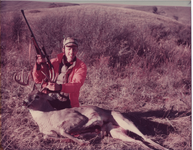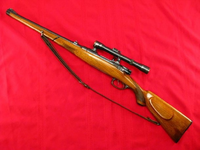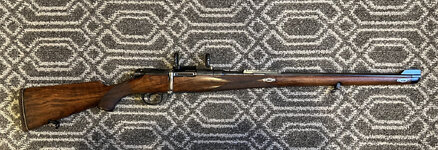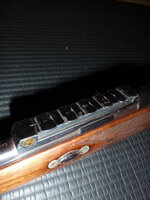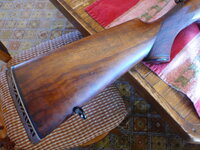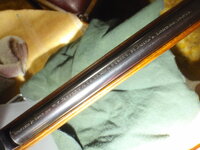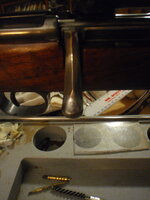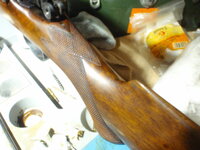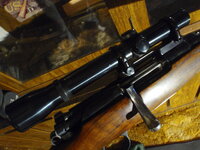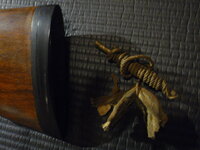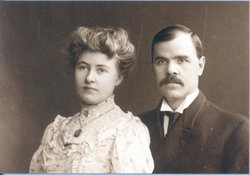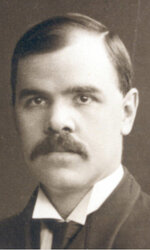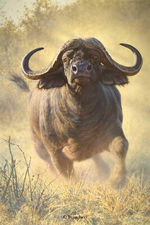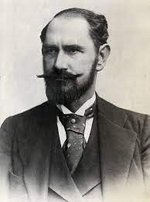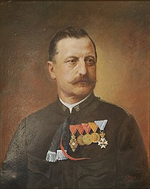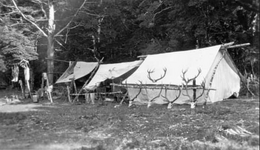Silver Supporter
Bronze Supporter
- Messages
- 4,210
- Reactions
- 6,916
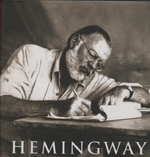
"A gun is to shoot anyway, he thought, not to be preserved in a case, and this was a really good rifle, easy to shoot, easy to teach anyone to shoot with, and handy on the boat. He had always had more confidence shooting it, as to being able to place his shots at close and moderate range, than any other rifle he had ever owned and it made him happy to pull it out of the case now and pull back the bolt and shove a shell into the breech."
—Ernest Hemingway, Islands in the Stream
It is a central, historic and romantic icon of sporting rifles: The Mannlicher. When that name is invoked in the world of hunting guns, the picture in all minds is that of the classic carbine version: short barrel, full stock, "butterknife" bolt handle, rotary magazine and an action that knows no challenger to smoothness of operation. It should go without saying that the Mannlicher-Schoenauer firm is responsible for supplying the design of one of the best and most admired hunting rifles that will ever exist.
Or did they?
That list of classic characteristics certainly existed in Military rifles well before there ever was a Mannlicher Carbine sporting gun as we know it and as Papa Hemingway knew it and loved it (he owned 3).
But who came up with the sporting design of such compact and graceful utilitarian proportions; a hunting rifle timeless enough to be examined by Jeff Cooper toward his Scout Rifle concept?
The very first Mannlicher-Schoenauer Sporting Carbines came from that factory in 1903 (military contracts had largely taken precedence prior). The gun was immensely popular, especially for the Africa trade. It became a working gun for Elephant, Lion and Buffalo for more than one world-famous Professional Hunter, very often with the Round Nose FMJ 160gr military load: a lead-filled needle that once started doesn't stop for much. Worldwide, the Carbines were with hunters and explorers in the European preserves and places like the Yukon, Alaska and Mongolia. The ".256 Mannlicher" cartridge (we know it as the 6.5x54mm) earned its chops with the gun: Honestly and at hard work.

Stateside, it didn't do so well. After all, we had our own Light-Middleweight Champion in the .250-3000 Savage (1915) that was also a successful world traveler, came in very handy rifles (Models 99 and 1920) and shared the reputation of "punching above its weight" even toward dangerous game. The cartridges could by appearance be brother and sister, and by performance in the field, twins. Then there's that pesky "mm" thing at the end of the cartridge name that just screams, "Foreigner!". Another obstacle (disappointedly noted by Hemingway) erupted when the 17.7" barrel on the early Mannlicher Carbines bumped into American import prohibitions. (The 1894 Swedish Carbines suffered under the same misguided regulations; a half-inch false muzzle cap was spot-welded to many to make the grade.) More modern Mannlicher Carbines would come fitted with 20" barrels, and in more Yankee-familiar calibers.
NEXT: It happened at the World's Fair.






